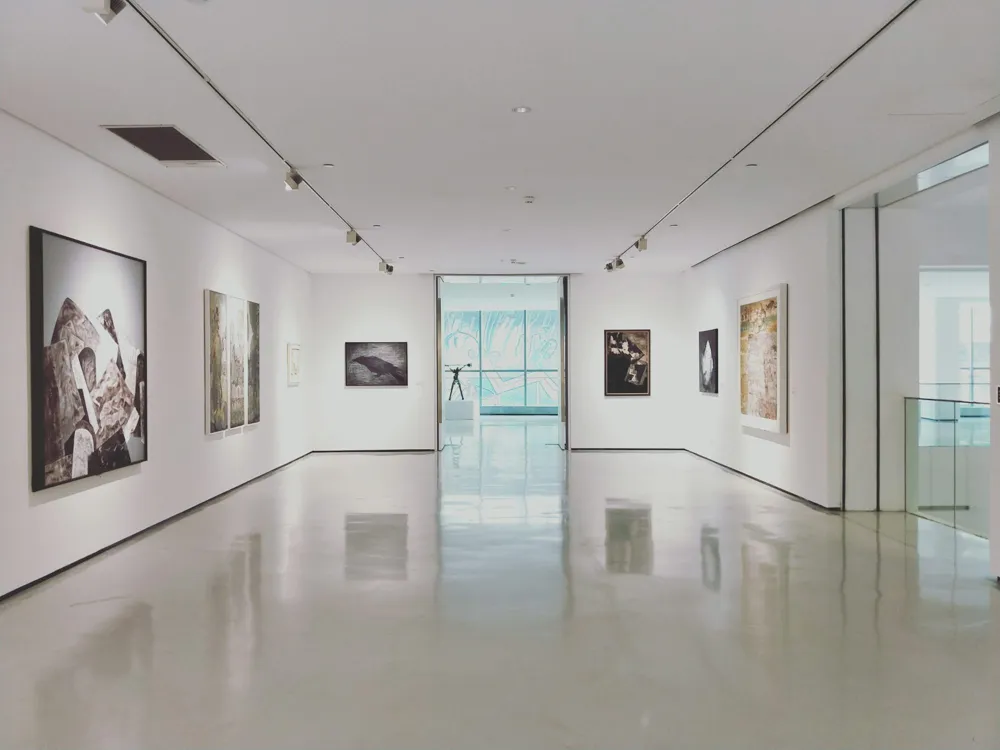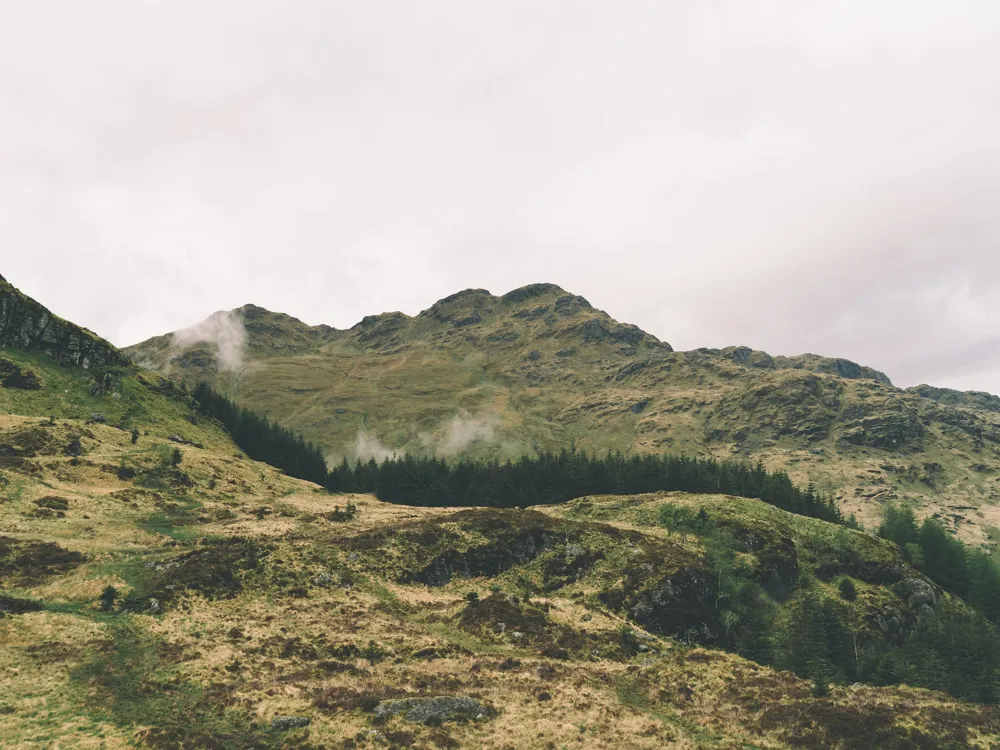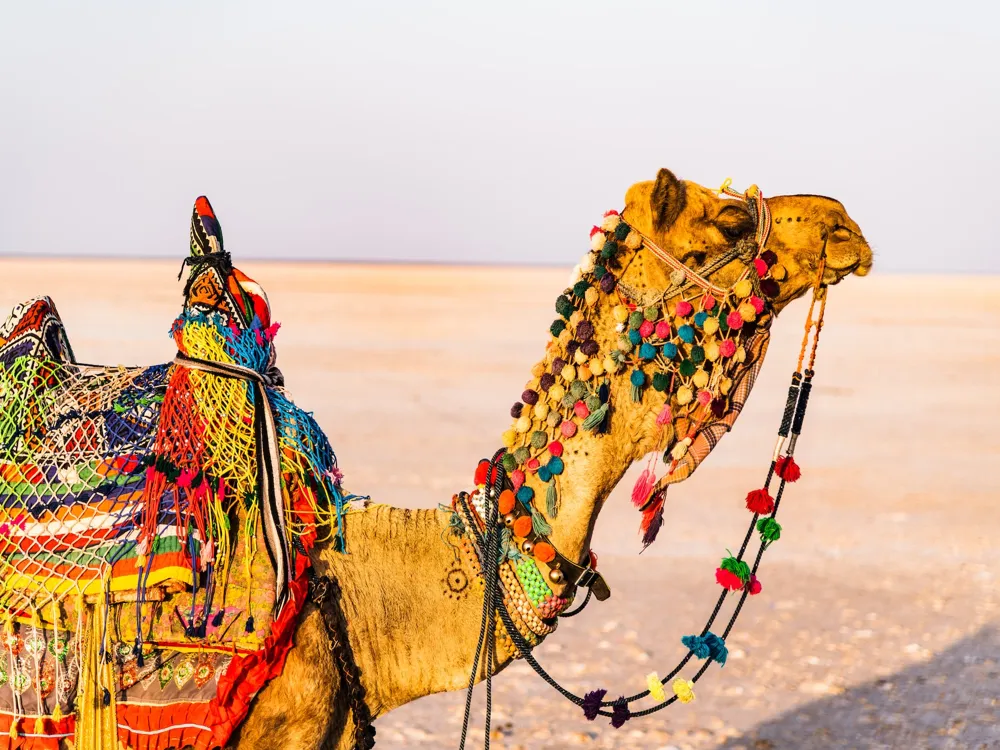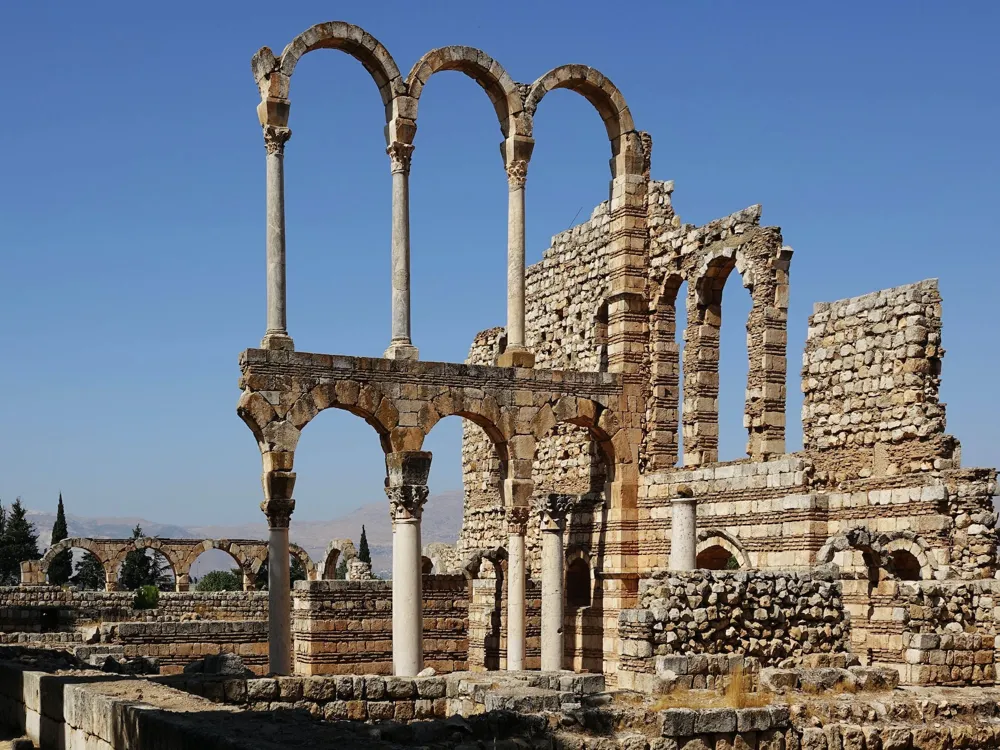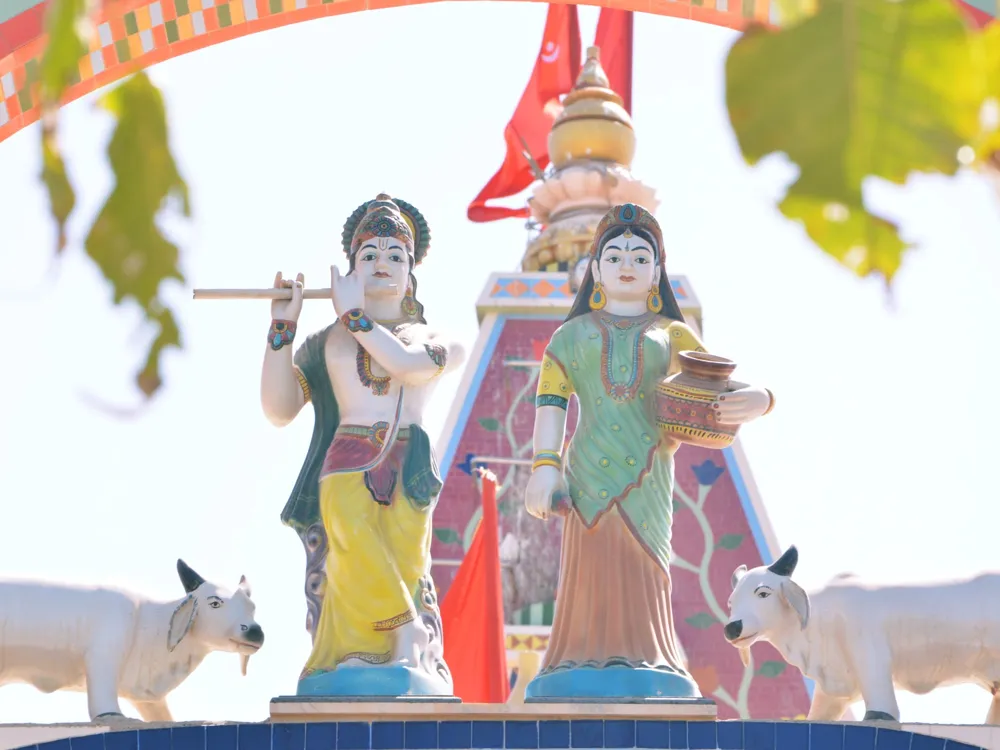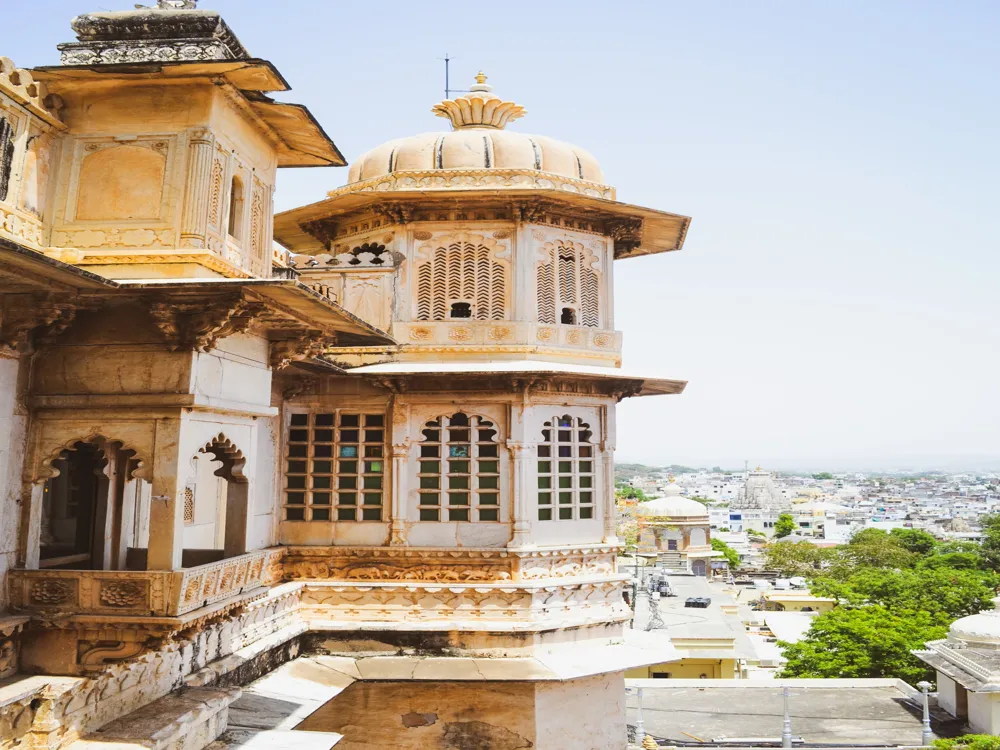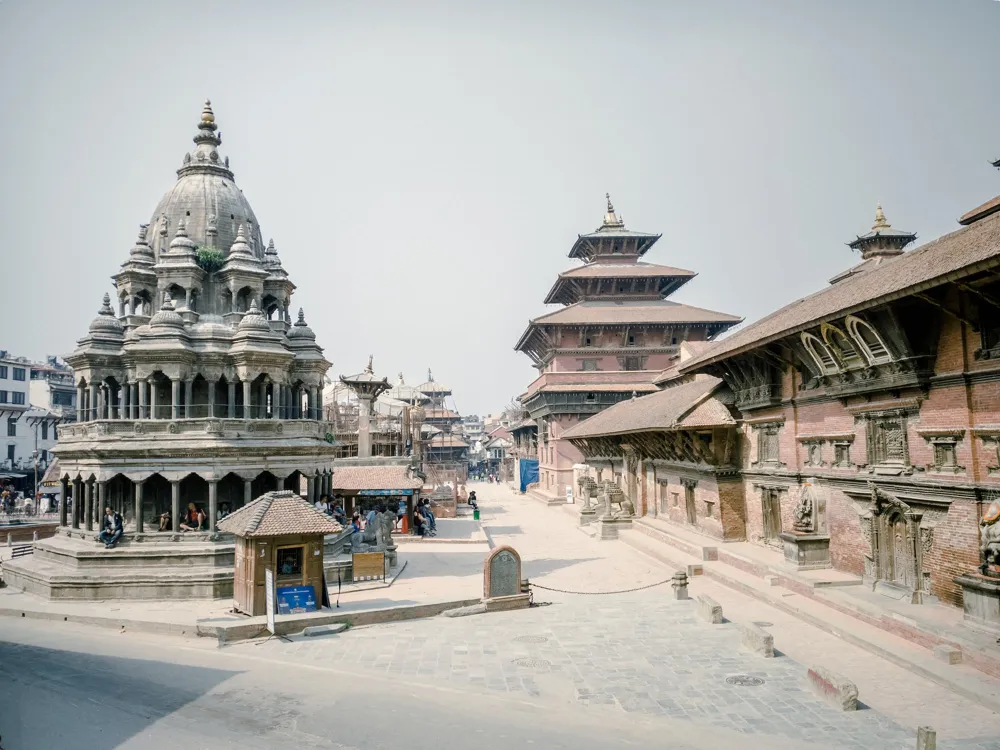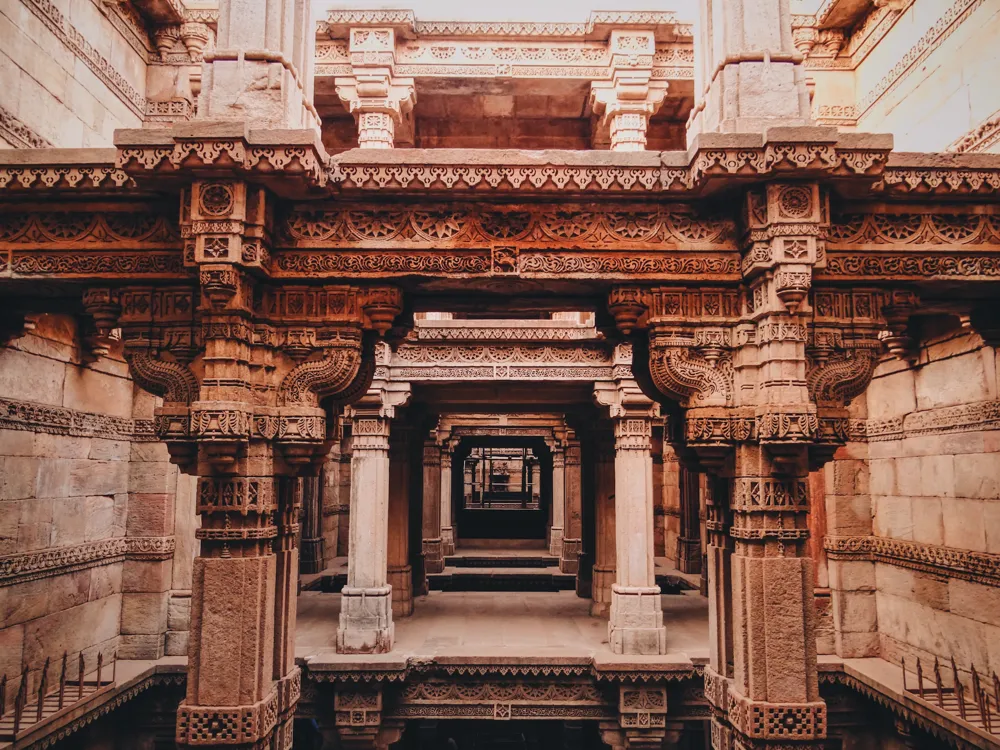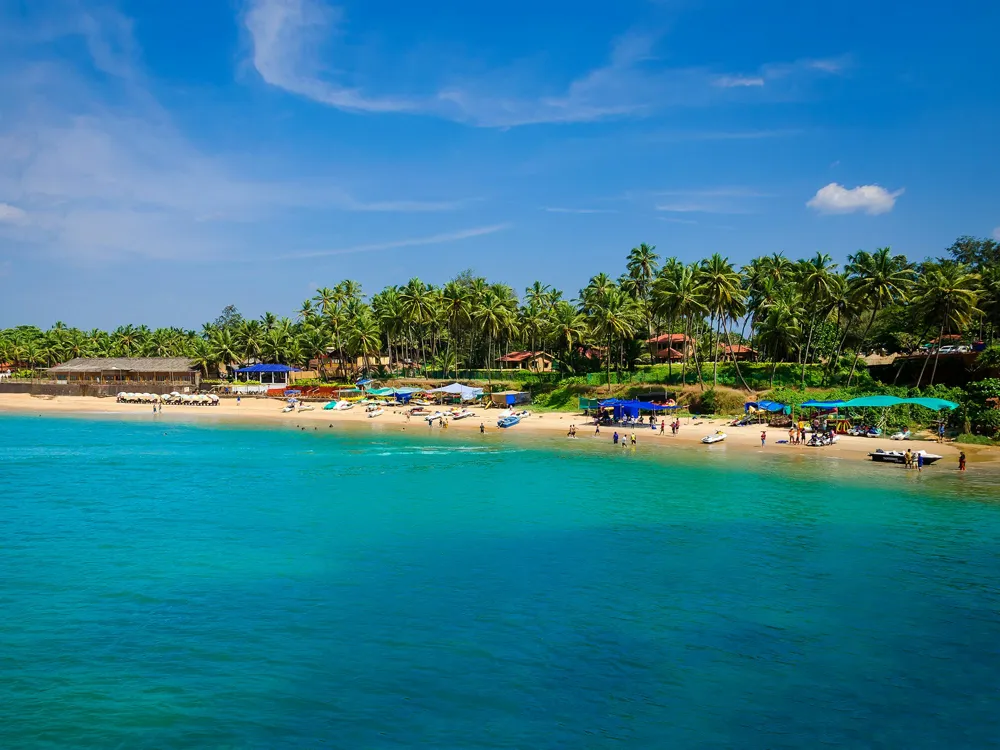Mata no Madh is a prominent pilgrimage site located in the Kutch district of Gujarat, India. Renowned for its spiritual significance, this temple is dedicated to Maa Ashapura, a revered deity in the region. The temple's history spans several centuries, marking it as a cornerstone of cultural and religious importance in Gujarat. The origins of Mata no Madh trace back to ancient times, with legends intertwining the temple's existence with mythical tales and folklore. Maa Ashapura is considered the clan deity of many communities in Gujarat, and her temple in Mata no Madh serves as a beacon of faith and hope for devotees. The temple, destroyed in an earthquake in 1819, was subsequently rebuilt, retaining its traditional architectural essence while incorporating more resilient structural designs. Throughout the year, Mata no Madh attracts thousands of pilgrims from all over India, especially during Navratri and other significant Hindu festivals. The temple's unique location in the arid landscape of Kutch adds to its mystical allure, making it not just a religious site but also a place of natural wonder. The temple's architecture is a blend of simplicity and elegance, reflecting the indigenous styles of Kutch. The sanctum sanctorum houses the revered idol of Maa Ashapura, adorned with intricate clothing and jewelry, embodying the goddess's grace and benevolence. The temple complex is also home to various smaller shrines and pavilions, each with its own historical and religious significance. The cultural fabric of Mata no Madh is rich and diverse, mirroring the pluralistic ethos of Gujarat. The temple serves as a symbol of communal harmony, with people of different faiths and communities visiting to seek blessings. The annual fairs and festivals at Mata no Madh are a vibrant display of local traditions, music, and dance, offering a glimpse into the region's rich cultural tapestry. The architectural brilliance of Mata no Madh is a testament to the ingenuity and skill of the artisans of Kutch. The temple, predominantly constructed from locally sourced materials, stands as an example of sustainable and contextual architecture. The design of the temple reflects a harmonious blend of various architectural styles, incorporating elements from both Hindu and Islamic traditions. The temple's façade is adorned with intricate carvings, showcasing motifs and patterns that are indigenous to the region. The use of jaali work (latticed screen) not only adds to the aesthetic appeal but also aids in natural ventilation, a thoughtful addition considering the region's hot climate. The main shrine, where the idol of Maa Ashapura resides, is an epitome of sacred geometry and symmetry. The sanctum's design ensures that the idol receives the first rays of the sun, symbolizing the awakening of divine energy. The temple's inner sanctum is a space of tranquility and spiritual resonance, with the walls echoing the chants and hymns of devotees. One of the unique features of the temple's architecture is its adaptability to the harsh climatic conditions of Kutch. The thick walls, domed structures, and strategically placed openings are designed to keep the interiors cool. The use of local materials like sandstone and limestone in construction not only gives the temple an earthy charm but also ensures its longevity and resilience. The temple complex is also known for its stepwells and water tanks, which are architectural marvels in themselves. These structures, built to conserve and manage water in the arid region, are an integral part of the temple's design, showcasing the forethought and environmental consciousness of the ancient builders. Visitors are advised to dress modestly, respecting the temple's sanctity and cultural norms. Traditional Indian attire is recommended. It is important to be mindful of local customs and traditions. Observing silence inside the temple and participating in rituals with respect is encouraged. Given the hot climate of Kutch, staying hydrated is crucial. Carry water bottles and drink water at regular intervals. Planning your visit during the cooler months or early mornings can enhance the experience. Avoiding peak festival times can help evade crowds. Don't miss out on trying the local Kutchi cuisine, known for its unique flavors and dishes. Mata no Madh is accessible via various modes of transportation. The nearest major city is Bhuj, which is well-connected by air, rail, and road. By Air: The nearest airport is Bhuj Airport, from where one can hire taxis or take buses to reach Mata no Madh, approximately 95 km away. By Train: Bhuj Railway Station is the nearest railhead, connected to major cities in India. Local transport from the station to the temple is readily available. By Road: Mata no Madh is well-connected by road with Bhuj and other major cities in Gujarat. State-run buses, private coaches, and car rentals offer convenient options for road travel. The journey to Mata no Madh is not just a travel experience but a spiritual journey, offering insights into the rich cultural heritage and natural beauty of Kutch. Read More:Overview of Mata no Madh in Bhuj, Gujarat
Architecture of Mata no Madh
Tips When Visiting Mata no Madh
Dress Appropriately
Respect Local Customs
Stay Hydrated
Plan Your Visit
Explore Local Cuisine
How To Reach Mata no Madh
Mata no Madh
Bhuj
Gujarat
NaN onwards
View bhuj Packages
Weather :
Tags : Temple
Timings : Mangala Aarti - 5:00 AM
Incense Paste Aarti - 9:00 AM
Sandhya Aarti - 6:00 PM
Entry Fee : No entry fee
Planning a Trip? Ask Your Question
Bhuj Travel Packages
View All Packages For Bhuj
Top Hotel Collections for Bhuj

Private Pool

Luxury Hotels

5-Star Hotels

Pet Friendly
Top Hotels Near Bhuj
Other Top Ranking Places In Bhuj
View All Places To Visit In bhuj
View bhuj Packages
Weather :
Tags : Temple
Timings : Mangala Aarti - 5:00 AM
Incense Paste Aarti - 9:00 AM
Sandhya Aarti - 6:00 PM
Entry Fee : No entry fee
Planning a Trip? Ask Your Question
Bhuj Travel Packages
View All Packages For Bhuj
Top Hotel Collections for Bhuj

Private Pool

Luxury Hotels

5-Star Hotels

Pet Friendly









